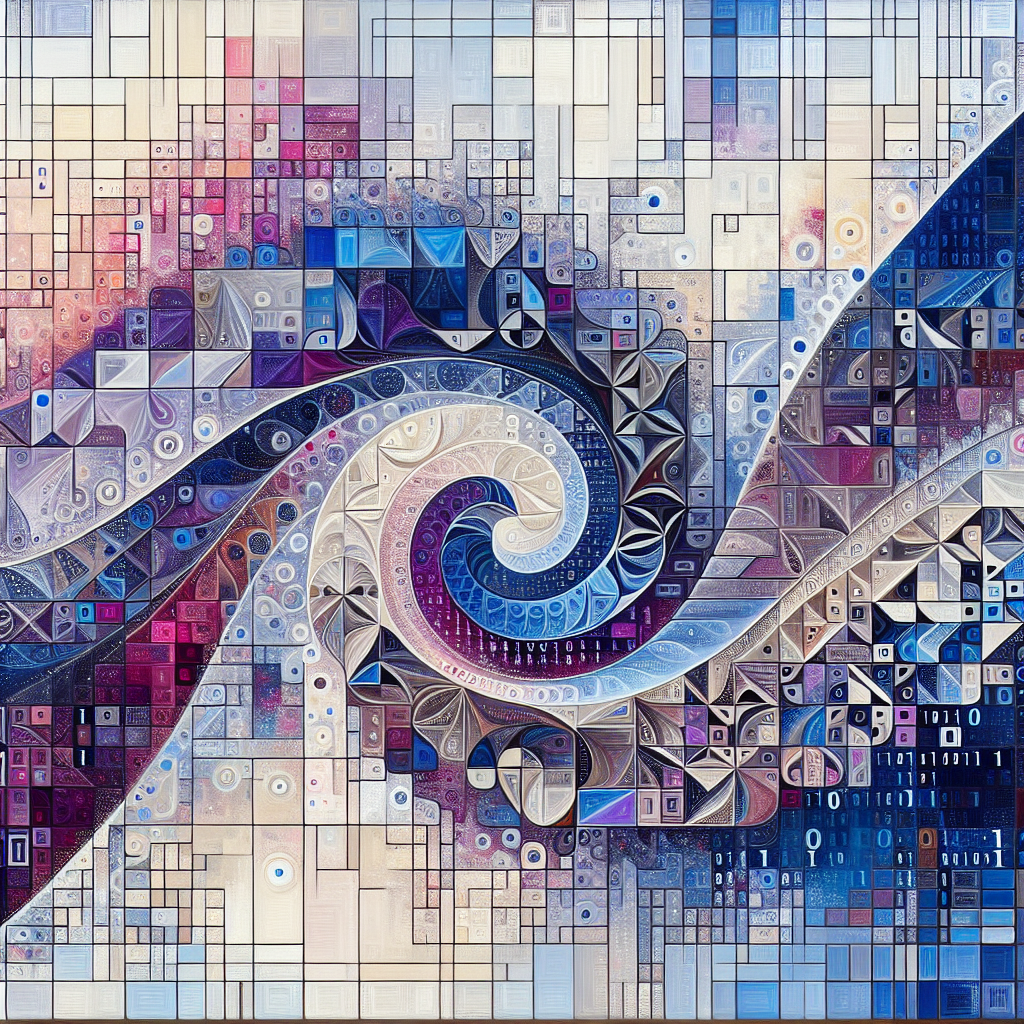Your cart is currently empty!
From Code to Canvas: The Impact of Generative AI on Art and Design

From Code to Canvas: The Impact of Generative AI on Art and Design
Artificial intelligence has made a significant impact on various industries, and the world of art and design is no exception. Generative AI, in particular, has revolutionized the way artists create and design, blurring the lines between human creativity and machine intelligence.
Generative AI refers to algorithms that can produce new and unique content by analyzing and learning from existing data. In the context of art and design, generative AI can be used to create paintings, sculptures, music, and even entire virtual worlds. By feeding the AI with a dataset of existing artworks, it can then generate new pieces that mimic the style and characteristics of the original works.
One of the most well-known examples of generative AI in art is the work of artist and programmer Mario Klingemann. Using neural networks and deep learning algorithms, Klingemann creates mesmerizing and thought-provoking artworks that challenge our notions of creativity and authorship. His pieces often combine elements of traditional art with the unpredictable and surreal nature of AI-generated content.
Generative AI has also been used in the field of graphic design, allowing designers to quickly generate a wide range of design options based on their preferences and input. This can greatly streamline the design process and help designers explore new ideas and concepts that they may not have considered otherwise.
In addition to creating new artworks, generative AI has also been used to enhance existing artworks and designs. For example, researchers at the MIT-IBM Watson AI Lab have developed an AI system that can enhance low-resolution images and paintings, bringing out details and colors that were previously hidden. This technology can be a valuable tool for art restorers and conservators, allowing them to digitally enhance and preserve precious artworks.
Despite the potential of generative AI in art and design, there are also concerns about its impact on the creative process. Some worry that relying too heavily on AI-generated content could stifle human creativity and originality, leading to a homogenization of artistic expression. Others raise ethical questions about the ownership and authorship of AI-generated artworks, as well as the potential for misuse and manipulation of AI technology.
Ultimately, the impact of generative AI on art and design will depend on how artists, designers, and society as a whole choose to embrace and utilize this technology. By understanding the capabilities and limitations of generative AI, artists and designers can harness its power to push the boundaries of creativity and innovation, creating new and exciting possibilities for the future of art and design.

Leave a Reply